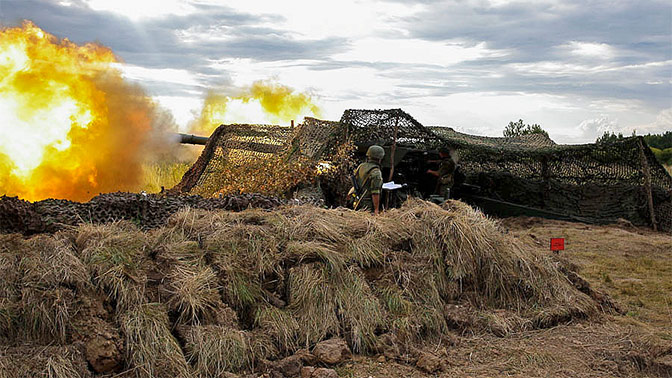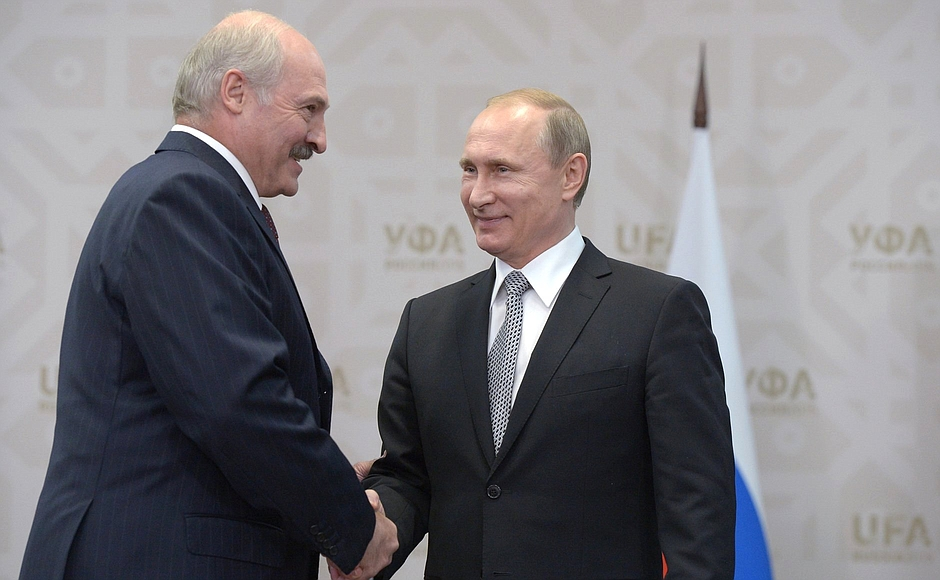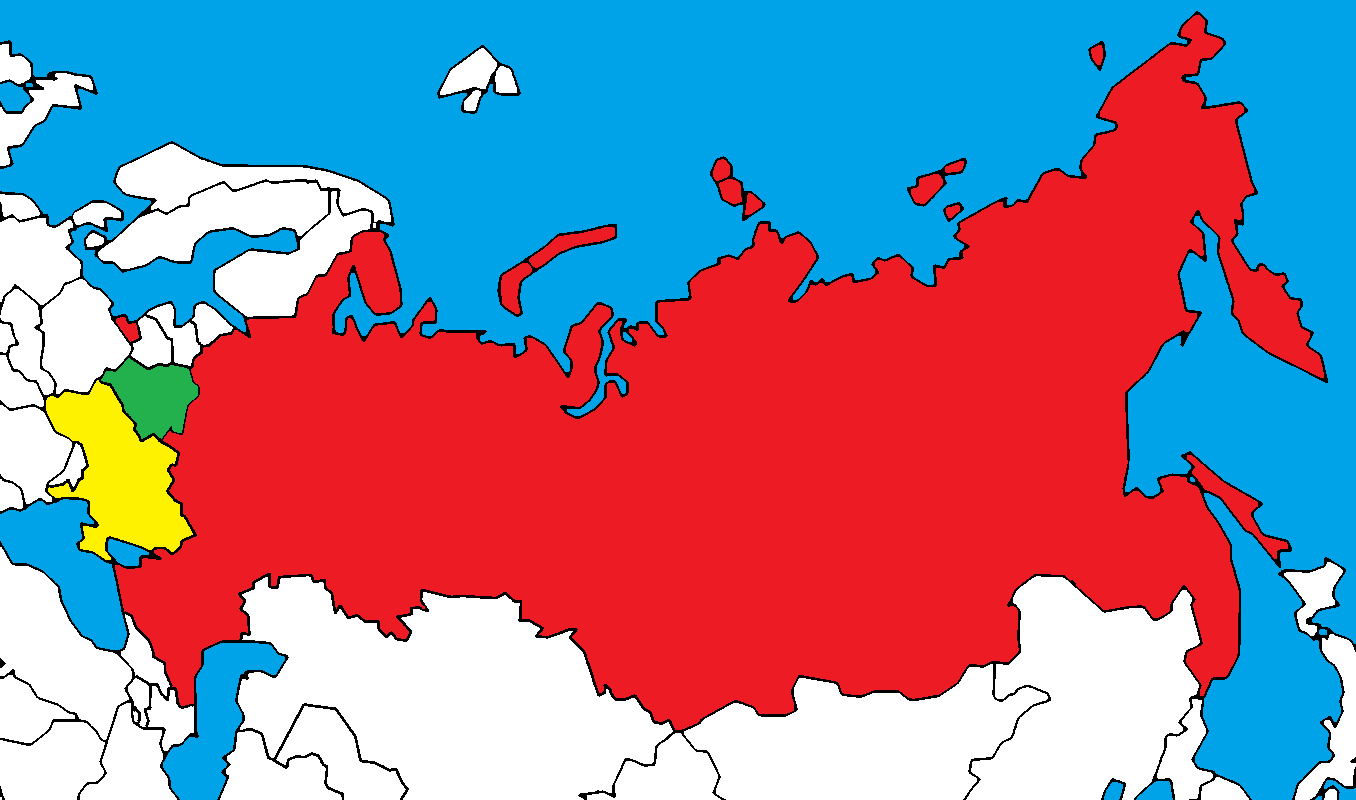Moscow has advertised Zapad-2017 as a joint Russian-Belarusian military exercise, but it is anything but as it includes features which Russian doctrine requires Moscow maintain exclusive control over and is intended to send a message to the West Moscow but not necessarily Minsk wants sent, Arseny Sivitsky says.

(Image: krynica.info)
The director of the Minsk Center for Strategic and Foreign Policy Studies
says that the current exercise, as few have noted, has a nuclear component in that Russian doctrine calls for Russian forces to use tactical nuclear weapons if they cannot stop an opponent by any other means.
That in turn means that Russian forces are in complete control of the exercise because under Russian law and doctrine only the Russian president can authorize the use of such weapons.
A second aspect of these exercises that shows they are not joint in any real sense is that the Belarusian portion is only a small part of a much larger exercise involving Russian forces in the Russian Federation and in international waters. Minsk wasn’t involved in planning these and so would have had minimal input into even the part on its territory. Indeed, Sivitsky says,
And third, the Belarusian analyst argues,
Such a message, Sivitsky says, is clearly Moscow’s message. It is hardly one that Minsk would have been a co-participant in defining. Thus, it is important not to call Zapad-2017 a joint exercise because in reality it is a Russian one that is making use of some Belarusian units but not allowing them the kind of voice the term “joint exercise” suggests.
Related:
- “Zapad-2017”: Russian sabre rattling towards Eastern Europe
- Military expert Starykov: Zapad-2017 war games in Belarus designed to demonstrate Russia’s military power
- Zapad-2017: military games with an unpredictable ending
- Is Lukashenka worried about the loyalty of the Belarusian siloviki?
- Russian-speaking Belarusians and Ukrainians threaten Putin’s ‘Russian world’ and Russia itself
- Under our noses, Russia has geared up for a western offensive






